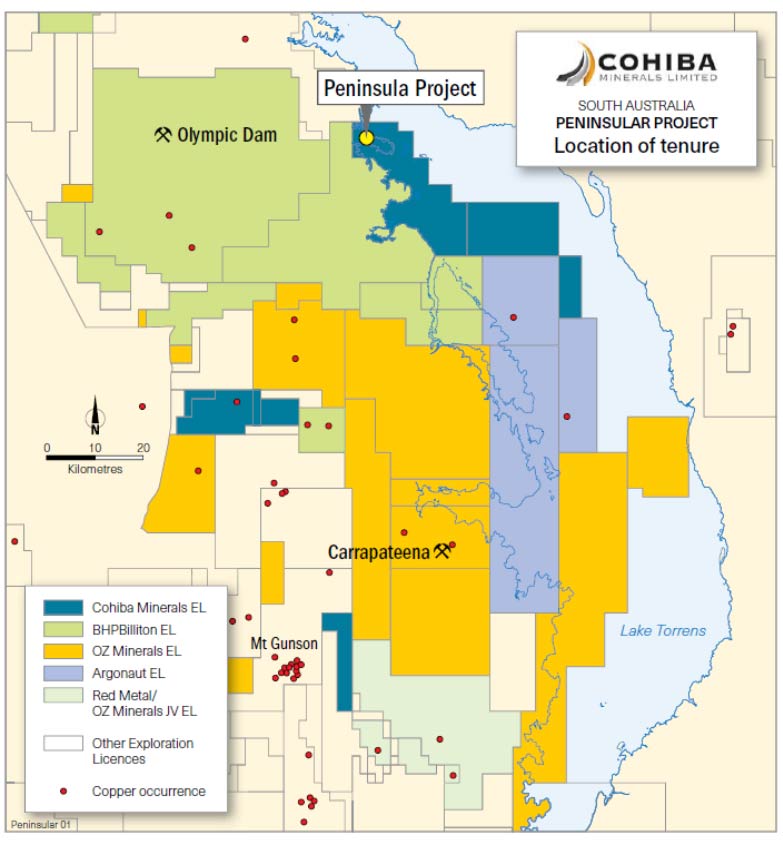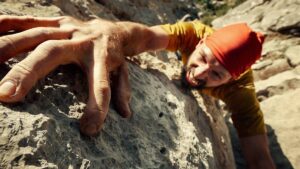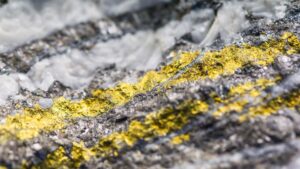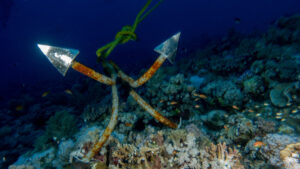BHP might have made the biggest copper discovery in recent history — and these juniors are right next door

Pic: Getty
Yesterday, mining giant BHP announced a spectacular new iron oxide copper gold (IOCG) discovery, 65km southeast of its mammoth Olympic Dam operations in South Australia.
Iron oxide copper gold ore deposits (IOCG), like Olympic Dam, can be tremendously large, high grade, and simple-to-process concentrations of copper, gold and uranium ores.
Olympic Dam – which is aiming to produce 215,000 tonnes of copper for FY19 — is the third largest copper equivalent deposit, the largest uranium deposit, and third largest gold deposit in the world.
In 2017, BHP told investors that Olympic Dam had a total resource of more than 120 million tonnes of copper, which, at current mining rates, would take 500 years to deplete.
In other words, IOCG deposits can be company-makers.
BHP told investors yesterday that four diamond drill holes, totalling 5346m, intersected IOCG-style copper, gold, uranium and silver mineralisation at a project called Oak Dam West.
This included 180m grading 6 per cent copper, inside a larger 425.7m section grading over 3 per cent copper. The mineralisation starts about 1km below the surface.
These are spectacular results.
And unlike Rio Tinto, which is playing cards very close to its chest when it comes to a potentially significant copper discovery in the Paterson Province of Western Australia, BHP casually dropped the bombshell on an unsuspecting market yesterday morning.

Junior miners set to benefit
This is great news for a bunch of miners and explorers searching for IOCG type deposits right next door, including Argonaut Resources (ASX:ARE), Aeris Resources (ASX:AIS), Tasman Resources (ASX:TAS), Red Metal (ASX:RDM), OZ Minerals (ASX:OZL) and Cohiba Minerals (ASX:CHK).
The Aeris share price was up 27 per cent on Monday, and Argonaut and Cohiba both got “please explain” notices from the ASX after their share prices jumped 41 per cent and 100 per cent, respectively, for what looked like no reason at all.
Argonaut director Lindsay Owler told Stockhead that 180 metres at 6 per cent copper was a spectacular intercept on a world scale.
“We haven’t seen an intercept like that since [projects like] Oyu Tolgoi in Mongolia, or Kamoa in the Democratic Republic of Congo,” he said.
- Subscribe to our daily newsletter
- Bookmark this link for small cap news
- Join our small cap Facebook group
- Follow us on Facebook or Twitter
Mr Owler said there was a trifecta of impediments that had prevented significant exploration around the area since the Olympic Dam discovery.
For starters, BHP had to drill through 800m of cover to reach the mineralisation at Oak Dam West.
“It is a massive undertaking for a junior explorer to drill through 800m of cover,” Mr Owler says.
“You’re talking about a cost of $300,000 just to reach the target zone.
“That’s why so few holes have been drilled in the area since Olympic Dam was discovered.”
Plus, over the years there has been access restrictions, such as overlapping Native Title claims and proximity to the Woomera Prohibited Area — a 122,188 square kilometre military testing range.
“These are big impediments for explorers, but the advantage we have now is better data and modelling,” Mr Owler says.
In the right place, and ready at the right time
Argonaut’s Lake Torrens tenements are about 40km north east of Oak Dam West.
The Torrens joint venture between Aeris and Argonaut has been working towards a huge drilling campaign, due to kick off in a matter of weeks.
The campaign will initially comprise between eight and ten 1000m-plus diamond drill holes, with 25-30 deep holes to be drilled in total.
Mr Owler reckons it will be the biggest exploration program in South Australia since Olympic Dam was discovered.
“It has been a 20-year process to get to the point where we are ready to drill,’ he says.
“The Torrens tenement was granted back in 1998.
“I have been working continuously on this project since then, across two different listed companies and with multiple JV partners.”
Final approvals to drill finally came though earlier this year.
Now, money to fund the drilling has been raised, construction of the roadway to the drill site is almost complete, and the technical team is ready to go.
“The size of the prize at Torrens has kept us focused,” Mr Owler says.
“Can you imagine the effect that a hole like BHP’s would have on a junior stock?
“The market couldn’t value it.”
UNLOCK INSIGHTS
Discover the untold stories of emerging ASX stocks.
Daily news and expert analysis, it's free to subscribe.
By proceeding, you confirm you understand that we handle personal information in accordance with our Privacy Policy.








